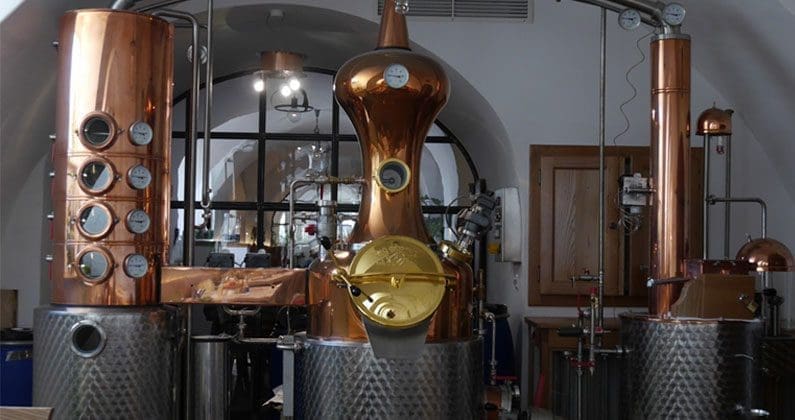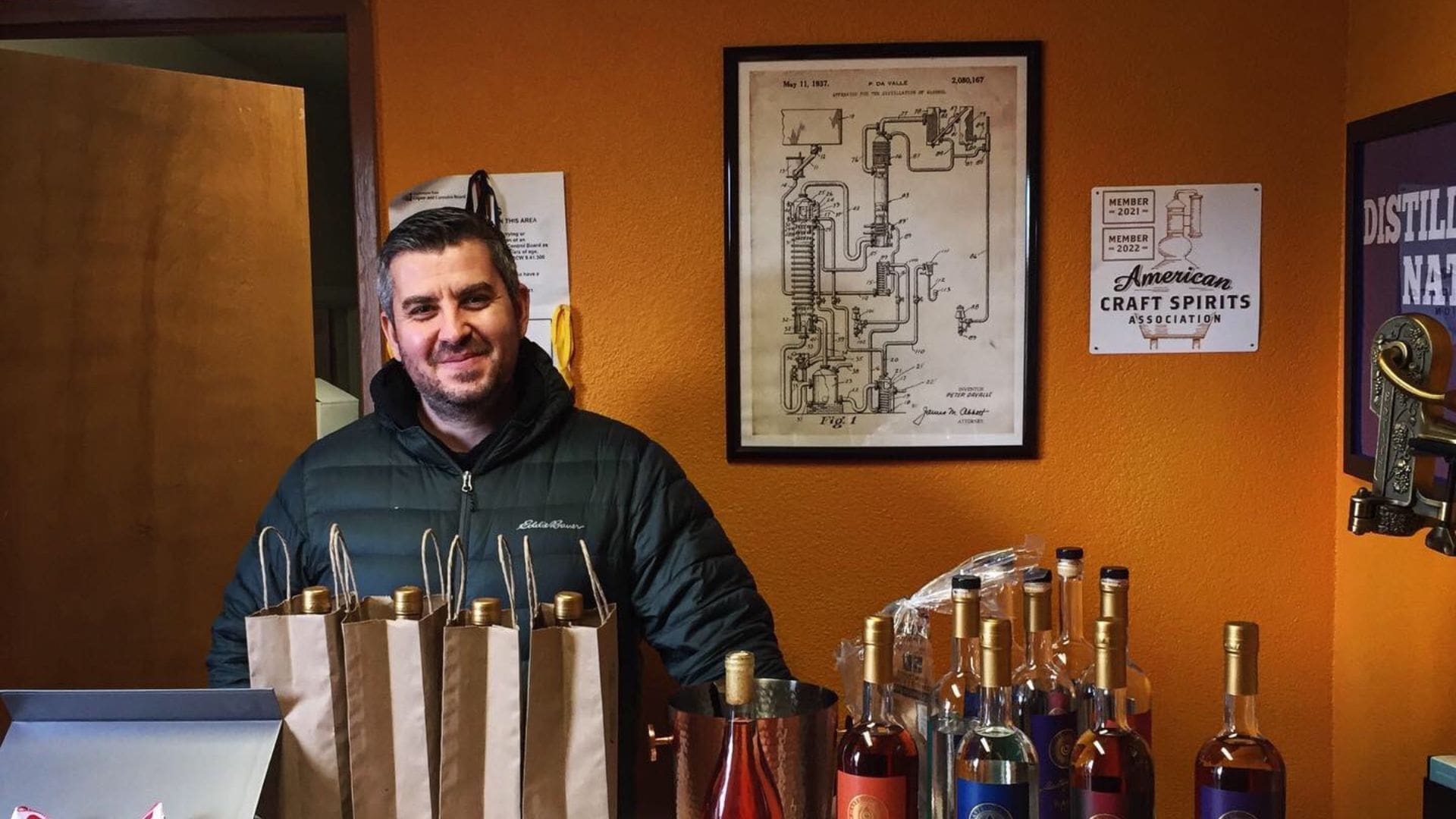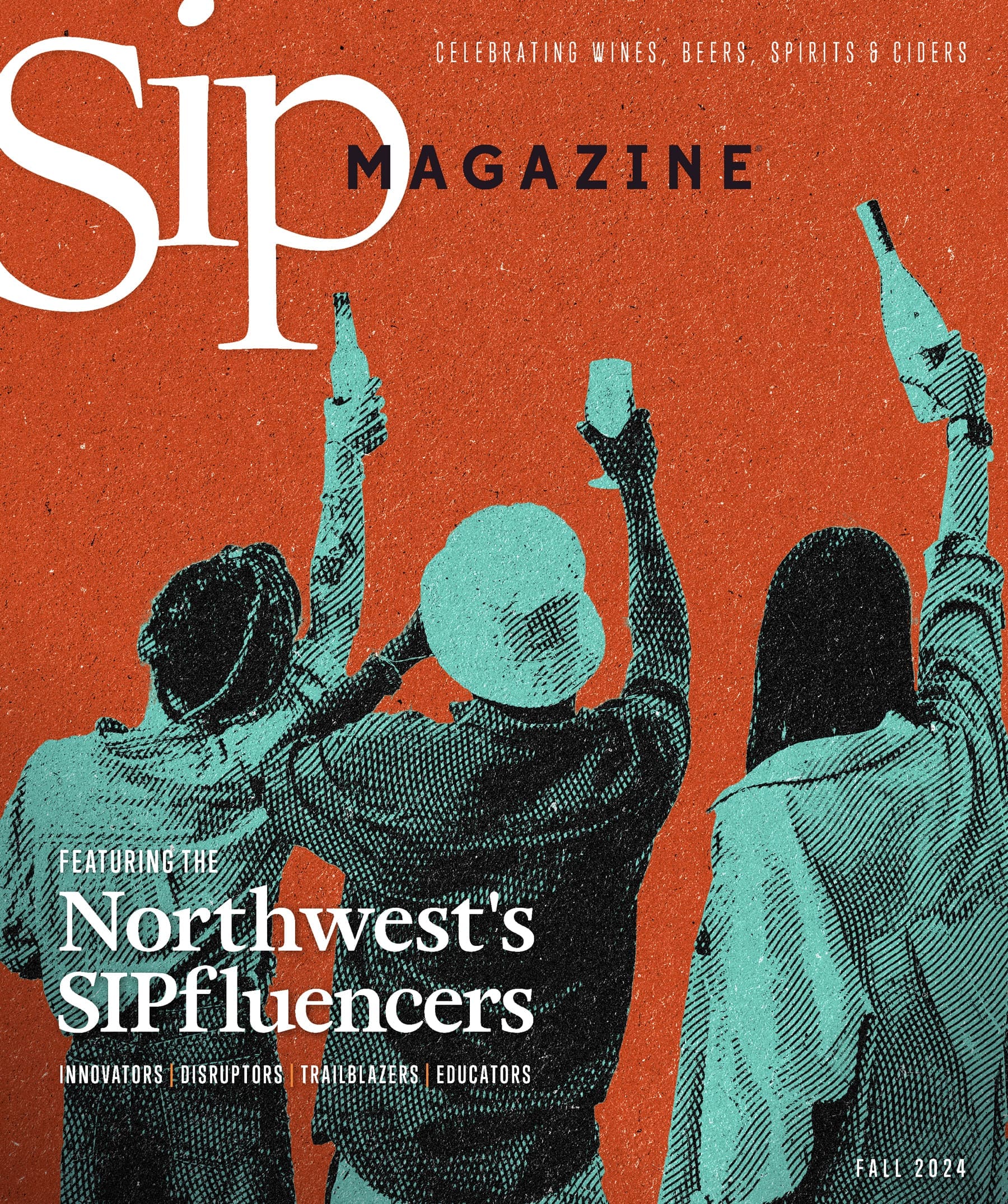Though I went to school to learn how to brew beer – yes, it’s a thing – I’m always greatly fascinated by the distilling process. Not to mention that spirits carry a rich, provocative history in the United States from 1920s bootlegging until now, where Northwest producers distill unique elixirs that add to our creative beverage scene.
No matter what your beverage background, we learn new things together at Drink.EDU. For this bi-monthly column, we go beyond the glass and live as active students of the drink.
All alcohol fermentation naturally occurs with yeast, but in distilling, yeast alone doesn’t cut it. Yeast eat up the sugars with alcohol and carbon dioxide as byproducts. But desired alcohol by volume in spirits can be as high as 40 percent or above. If there’s more alcohol and carbon dioxide in the solution, less sugar is present for yeast to consume. At a certain point, it can be toxic — living in their own waste isn’t an ideal environment for yeast.
Enter distillation. By definition, distilling is the process of separating alcohol through selective boiling and condensation, similar to purifying a liquid.
After mashing in the grain, a distiller’s sugary substance goes through its first rounds of fermentation with the help of yeast. After the yeast has consumed most of the sugar, the “wash” or “distiller’s beer” sits at a good starting point of anywhere from 10-15 percent ABV.
In order to separate the alcohol, the wash is moved to a still. The still is the apparatus, whether a pot or a column in style, used to distill liquids and catch vapor to cool and condense. Many of these stills are made of copper — copper remains an excellent conductor of heat, removing sulfur compounds and adding a smooth flavor to the end product.
The still heats the mash to begin. Since alcohol maintains a lower boiling point than water at 173° F, it boils out of the wash first. Alcohol vapors are caught and travel through the arm or the column of the still. At the end of their journey, they cool and condense back into highly concentrated liquid ethanol — what we know as a spirit.
Though distillation ends here, the product might not be ready to drink. But it’s ready to age. Depending on the spirit, producers use their own creativity to finish out the beverage and add more dimension to the flavor. Spirits like rum and whiskey can be aged in various woods to add flavor and color. Or fruits, botanicals and spices can be infused to spirits like vodka or gin before bottling.
Though, depending on where you are, you may need a license to distill at home, the Pacific Northwest has nearly 200 craft distillers composing spirits reflective of its unique and diverse terrain through locally grown ingredients. Best to ready the tumblers and get on your way.









